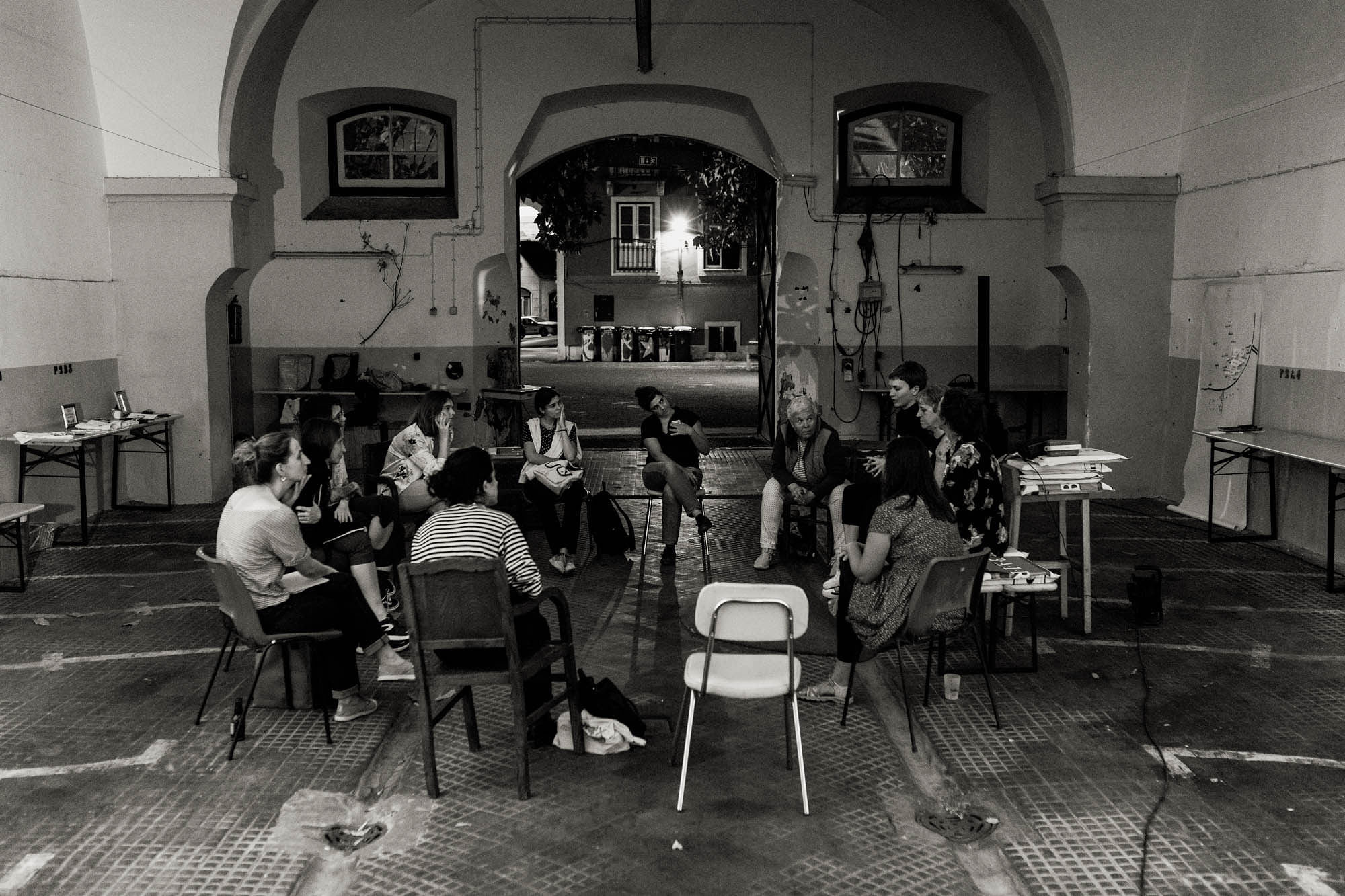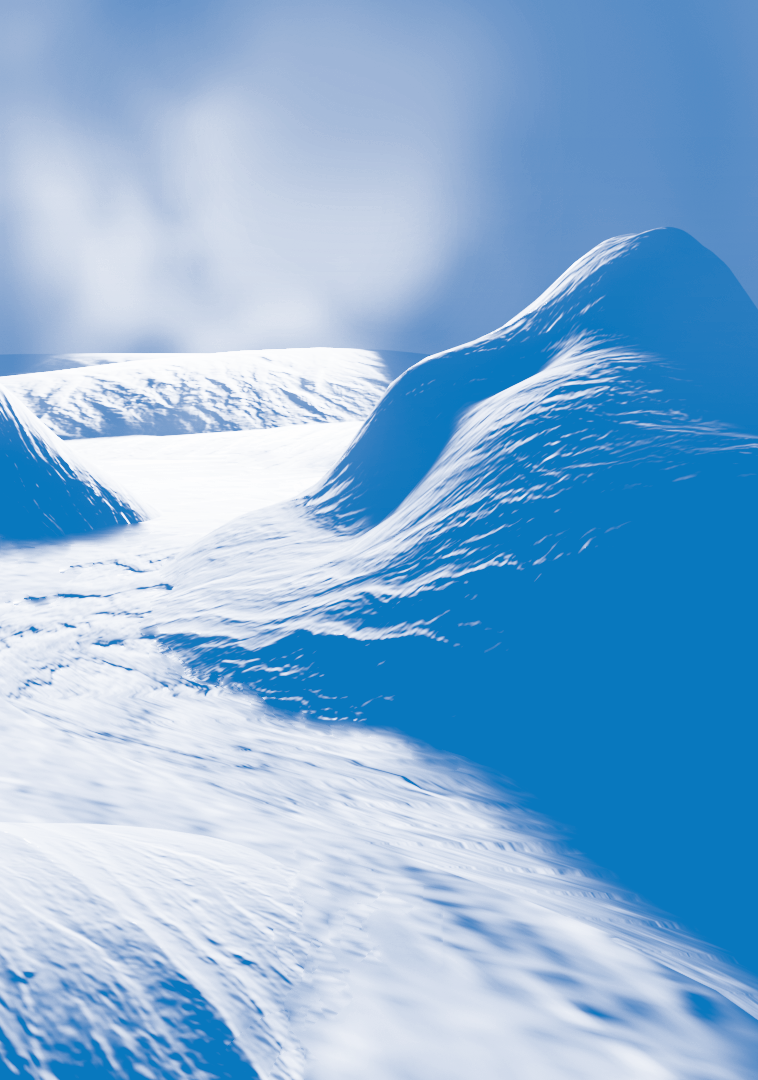LANDMADE
cultural mapping zine
This zine is the first of many zines that use different media to research a certain topic. For this first one, we decided to go with the theme of the map and the act of mapping. There are two main reasons for this. First of all, as a collective, we are interested in setting up projects in and with neighbourhoods. Projects that work with people and places beyond regular art circuits. Our projects called “Stories lived and to be lived” and “Memory Map” were examples of our mission to engage with locals and create bridges between artists, institutions and inhabitants. Certain communities and neighbourhoods are often neglected, but with care, life can become visible on the map.
The second reason is our nomadic existence. Through a lack of a fixed project space or office, we have been exploring the city with each new project. This has been a very interesting process but also comes with challenges regarding visibility. To have a space is to exist, so it seems. In this way, this zine is a homage to the nomadic journey of the past year. We will therefore start with three other nomadic organisations in Lisbon.
Afterwards, we will research the map as a concept and social construct on three levels: the inhabitants, the authority, and the map as the instrument. We do this through a selection of artworks made by artists based all around the world. In this way, the zine becomes a portable collection of thoughts and activities, a portable hub. Maybe we can help to start your journey by thinking about maps, navigation, and nomadism.
![]()
Bairro em Festa project
The second reason is our nomadic existence. Through a lack of a fixed project space or office, we have been exploring the city with each new project. This has been a very interesting process but also comes with challenges regarding visibility. To have a space is to exist, so it seems. In this way, this zine is a homage to the nomadic journey of the past year. We will therefore start with three other nomadic organisations in Lisbon.
Afterwards, we will research the map as a concept and social construct on three levels: the inhabitants, the authority, and the map as the instrument. We do this through a selection of artworks made by artists based all around the world. In this way, the zine becomes a portable collection of thoughts and activities, a portable hub. Maybe we can help to start your journey by thinking about maps, navigation, and nomadism.

Bairro em Festa project
Hubs
Artistas Anónimos
Artistic practice can be a lonely place. For that reason, once a month, we gather in a group for mutual support, focused in particular on the practice of visual arts.
Artistas Anónimos is a community of people who share their experiences, their strength and hope to solve their common problem and help others to continue making art in a motivated, healthy and sustainable way.
The only requirement for membership is a desire to continue making art.
Artistic practice can be a lonely place. For that reason, once a month, we gather in a group for mutual support, focused in particular on the practice of visual arts.
Artistas Anónimos is a community of people who share their experiences, their strength and hope to solve their common problem and help others to continue making art in a motivated, healthy and sustainable way.
The only requirement for membership is a desire to continue making art.
Lisbon Drawing Club
Lisbon Drawing Club is a community of life model drawing lovers who meet regularly to draw and share a good time. Each session is organised in a different location around the city, which is normally not accessible to draw in. The city is explored in a unique way. In this way a hub/ community is built that sees its nomadic nature as a strength more than a disadvantage.
Lisbon Drawing Club is a community of life model drawing lovers who meet regularly to draw and share a good time. Each session is organised in a different location around the city, which is normally not accessible to draw in. The city is explored in a unique way. In this way a hub/ community is built that sees its nomadic nature as a strength more than a disadvantage.
Lisbon sketchers
Lisbonsketchers is an urban sketchers community in the Lisbon area. The goal of the community is to explore the city in different ways, draw the daily life in the streets and share personal and artistic stories with each other. Weekly meetings are organised in different places, encouraging people to express themselves and find their own essence of the site. After almost a year of exploration, the group represented this activity on a map accompanied by on-site sketches. In this way, the map shows a changing city through specific moments that were grasped in sketches. The group is free and open to people of any age, social class, and nationality.
Lisbonsketchers is an urban sketchers community in the Lisbon area. The goal of the community is to explore the city in different ways, draw the daily life in the streets and share personal and artistic stories with each other. Weekly meetings are organised in different places, encouraging people to express themselves and find their own essence of the site. After almost a year of exploration, the group represented this activity on a map accompanied by on-site sketches. In this way, the map shows a changing city through specific moments that were grasped in sketches. The group is free and open to people of any age, social class, and nationality.







